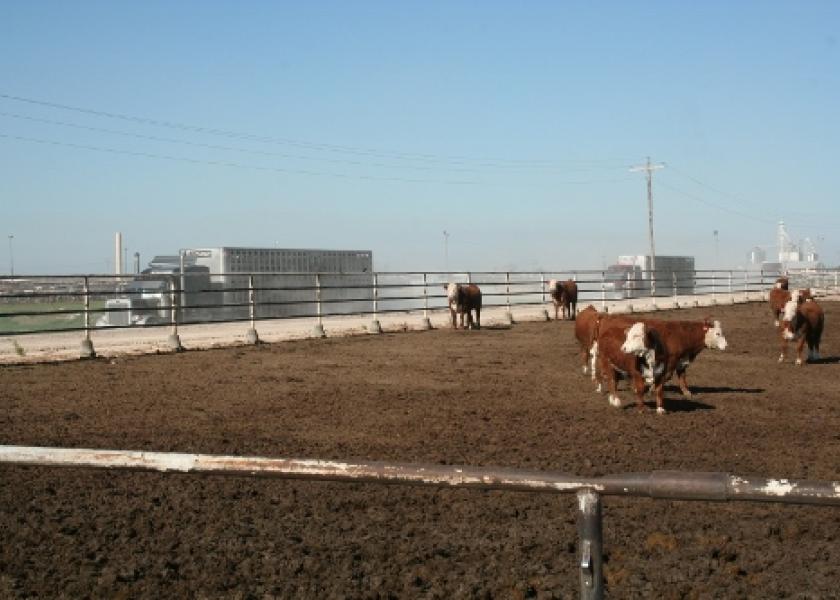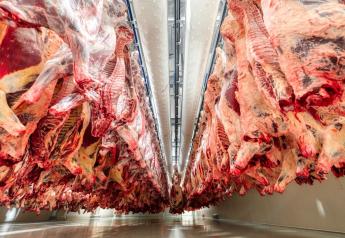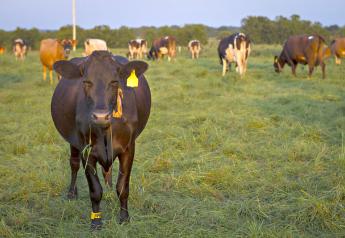Assess Transportation Stress

Farmers, ranchers and veterinarians have long known that transportation can induce stress in cattle, and have adopted practices intended to minimize that stress. Information is limited though, on the effects of specific stressors, the range of variables involved or even which types of practices are used in shipping cattle.
During a symposium on cattle transportation, Karen Schwartzkopf-Genswein, PhD, a research scientist with Agriculture and Agri-Food Canada described how modern research methods can provide better understanding of transport stress and summarized a Canadian benchmark study on cattle transportation.
Schwartzkopf-Genswein describes stress as a physiological response to real or perceived stressors. Welfare is affected when animals shift energy away from normal biological functions in response to stress, and the duration and magnitude of the stressor are important in determining the severity of stress.
Transportation involves a number of known stressors, including loading, unloading, an unfamiliar environment and co-mingling with unfamiliar cattle. Sometimes feed and water are restricted prior to shipping, and environmental conditions such as severe heat or cold contribute to stress. Cattle expend energy maintaining their balance on the trailer, meaning the duration of the trip and the driver’s skill level can influence stress.
Researchers today have access to a range of tools for measuring stress. These include blood sampling for analysis of physiological signs of stress such as levels of cortisol or substance P, a neoropeptide biomarker for pain, but Schwartzkopf-Genswein notes the process of obtaining blood samples can complicate results by creating additional stress. Less invasive measurement tools include monitoring behavior such as vocalization, respiratory rate, panting, drooling, feeding, drinking, posture and rumination. Video and electronic monitoring systems such as pedometers and collars that record rumination facilitate behavioral measurements.
Using heart-rate monitors on calves, Schwartzkopf-Genswein says researchers have observed elevated heart rates during the first 30 minutes of transport, which then returned to normal with good driving conditions.
Recognizing a need for benchmark data on cattle transportation, Schwartzkopf-Genswein and her team conducted a large survey of truckers in Canada during 2007 through 2009, asking questions about loading density, distances traveled, use of bedding on trailers, numbers of “downer” cattle, driver experience, travel delays and cattle weight loss. The researchers analyzed data from 6,152 returned surveys covering transport of over 290,000 cattle.
As for transport duration, the data show cattle weight loss increases with longer hauls up to about 30 hours, beyond which the rate of shrink flattens out. Schwartzkopf-Genswein says this does not mean trips longer than 30 hours are acceptable. She believes the slower rate of loss is because the cattle by that time have depleted their moisture reserves, and she recommends a maximum of 20 to 24 hours. Problems with sickness or injuries increase significantly after 25 to 28 hours of travel time.
The survey also revealed a relationship between driver experience and outcomes, with greater driving experience associated with less shrink, fewer lame cattle and lower death loss.
In the Canadian survey, the greatest rate of welfare problems occurred in loads of cull cattle, which is not surprising since these typically are older cattle, often with physical problems that led to them being culled. Calves were intermediate, with finished and feeder cattle experiencing the fewest problems.
Many of the most severe problems occur when transporters use stressful loading methods or load cattle that are unfit for transport. “Even the best transporters and conditions cannot compensate for poor loading decisions,” Schwartzkopf-Genswein says.
For more on cattle transportation, see these articles from BovineVetOnline:







